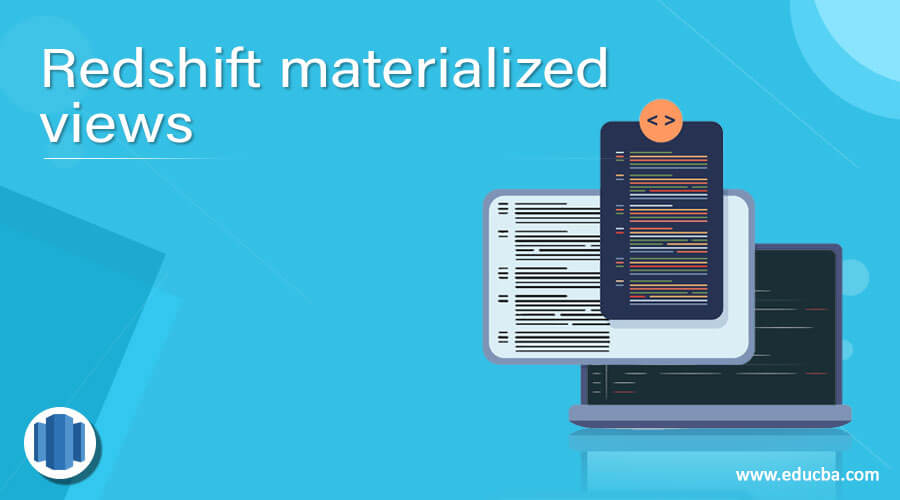


#Redshift create view update
So whenever a change occurs on one of your tables, you need to update your Materialized Views by dropping and Recreating the tables. The main issue with this approach is that you have to maintain the Materialized Views on yourself. Now it is possible to UPDATE and DELETE your views, and the query planner optimizes your queries. In this way, you are manually creating Materialized Views on your system, and you can overcome the limitations we mentioned earlier. That is possible on Amazon Redshift as you can invoke the CREATE TABLE with a query as a parameter which defines the table using other tables. To do that, you create actual tables using the queries that you would use for your views. The way to do it is by emulating Materialized Views on your cluster. There is a way to overcome the above limitations of Amazon Redshift and its Table Views.
#Redshift create view pdf
The query planner is having issues optimizing queries over views.Ĭlick here to get our FREE 90+ page PDF Amazon Redshift Guide! Overcoming the limitations of Table Views on Amazon Redshift with Materialized Views That might lead to fragmentary views and queries. Table Views reference the internal names of the tables and columns and not what is visible to you. Instead, the query executes every time you request access to the Table View. The Table View is not physically materialized, which means that there’s no actual table created in the database. It looks like a table from a SELECT query, but you cannot affect its data. You cannot DELETE or UPDATE a Table View. Views are coming with some restrictions on Amazon Redshift with the most notable being the following: It is replaced only if the query is different. OR REPLACE which tells Redshift what to do if a view with the same name already exists.By default, the names derive from the original table. column_name, you can optionally rename the columns to be created.If you prefix the name with a #, the view is temporary and exists only for the current session. A Name which is the name of the view/table it is going to be created.The command takes as a parameter the query that you wish to use for the view and some other options: You just need to use the CREATE VIEW command. Create Table Views on Amazon RedshiftĬreating a view on Amazon Redshift is a straightforward process. In this chapter, we explore the mechanism for table views of Amazon Redshift, its limitations and possible workarounds to obtain the benefits of materialized views. Especially in OLAP systems like Amazon Redshift, the analysis usually performed is quite complex and using views is a great way of organizing long queries into smaller parts. Creating views on your tables is a great way of organizing your analysis.


 0 kommentar(er)
0 kommentar(er)
